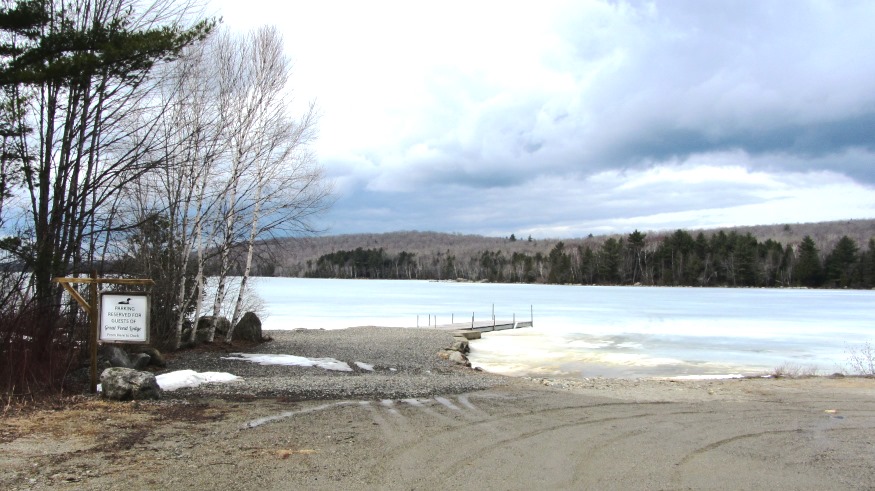Greenbush

Located on the east bank of the Penobscot River, Greenbush includes several islands, the largest of which, Olamon, abuts Olamon Stream as it empties into the river. Olamon, the name of a village near the island, means “red paint.” The Indians traveled up the stream to retrieve the red ochre they used as paint for decorating their bodies. Greenbush village is on the River and U.S. Route 2. A smaller village, Cardville, is in the middle of the township on the Cardville Road.




















